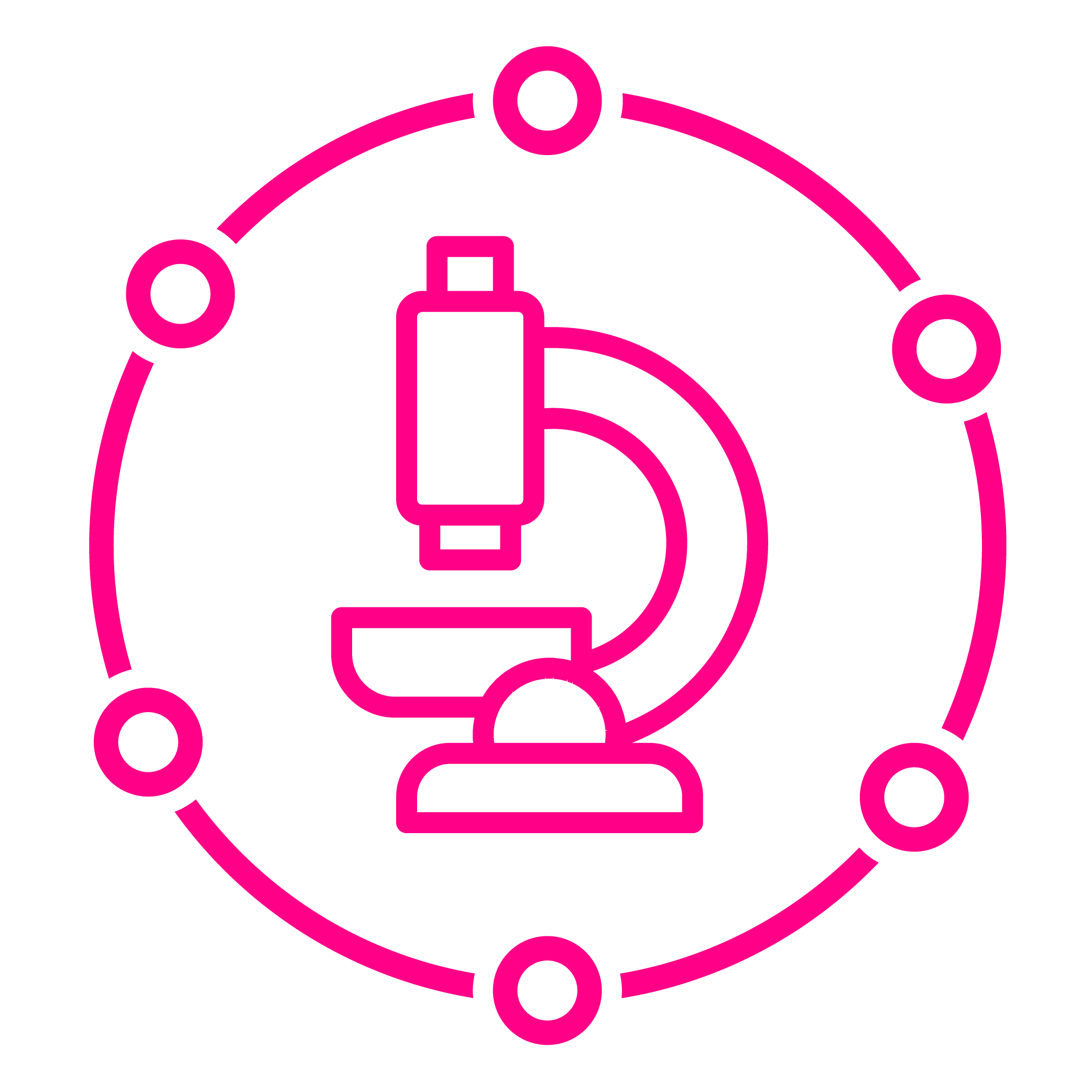Risk-Based Quality Management
Risk-Based Quality Management (RBQM) isn’t just a compliance requirement – it’s how we protect your innovation, your patients, and your data every step of the way. Our fit-for-purpose RBQM strategies align with regulatory expectations, including ICH E6 (R3) and guidance from FDA, MHRA, NMPA, and EMA.
Central Risk Management
Protecting critical data quality and patient safety is key to trial success. That’s why our proactive and continuous quality oversight is led by a dedicated Central Risk Manager for every full-service trial, ensuring early detection and resolution of risks before they become issues.
The Caidya advantage
- The Caidya advantage: Quality oversight: Visualize and track study risks with advanced categorization and status monitoring with the Medidata RBQM platform.
- Smarter decisions: Adapt trial strategies in real time with clear insights into your most critical risk areas.
- Operational efficiency: Break down silos through a cross-functional process that includes you as part of the team for seamless collaboration.
- Safety & integrity: Proactive control strategies for critical data and processes that protect patient safety and preserve data integrity from start to finish.
At Caidya, Central Risk Management isn’t just a function – it’s a partnership built to protect your study and accelerate your success.

Central Monitoring Management
Caidya’s approach to central monitoring delivers faster, earlier detection of quality issues, reduced risk to patient safety, and lower time and cost to database lock, without compromising surveillance of critical trial data.
A core component of our holistic RBQM strategy, Caidya’s central monitoring safeguards participant rights, safety, and well-being, while ensuring data integrity and compliance with protocol, regulatory ICH GCP E6 (R3). By combining central monitoring, on-site monitoring, and remote monitoring, we deliver the optimal balance of vigilance, efficiency, and cost-effectiveness in clinical trial oversight.
Our system-agnostic central monitoring platform – Medidata Clinical Data Studio – uses AI, Machine Learning (ML), and intelligent process automation to review aggregated trial data. This enables rapid identification of issues affecting data veracity and data reporting.
We set Acceptable Ranges, Quality Tolerance Limits (QTLs) and Key Risk Indicators (KRIs) aligned with your trial’s Critical to Quality (CtQ) factors. Defined thresholds and automated triggers ensure proactive action when risks emerge. Through statistical and exploratory data analysis, our experts can detect anomalies, outliers, and trends that may signal potential fraud, duplicate data, date variances, rounding and propagation errors, under- and over-reporting, and event incidence trends.
The identification of trends and anomalous data, as well as determining and monitoring acceptable thresholds for quality, ensures proactive identification and resolution of emergent issues.
The Caidya advantage
- Enhanced trial quality, data integrity, and participant safety
- Proactive risk-driven changes to monitoring strategy
- Accurate and transparent project oversight
- Greater confidence in CtQ factors
- Early detection of risk to critical data and processes
- Inspection readiness
- Full compliance with ICH GCP E6 (R3)
- Reduction in source data verification (SDV) without reducing data quality vigilance
Personalized clinical research services
Across every stage of your clinical journey, we’re by your side to help you advance through clinical trials to get your therapy to patients and help bring your science to life.
Speak to a global expert
Get the right answers and support from a team of experts dedicated to the success of your clinical research.

The latest from Caidya
Explore our news and updates as we deliver a superior customer experience.
News
09/19/2025
Caidya Appoints Dr. Bin Peng as Chair of its China Scientific Advisory Board
News
07/21/2025















